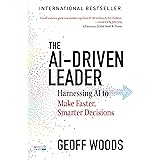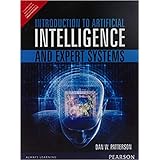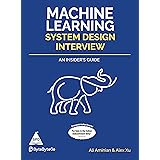Why AI Matters in Research
Research often involves long hours of data collection, reading, and analysis. AI tools make this faster and more accurate. They can process large amounts of data, summarize complex papers, predict outcomes, and even generate insights you might miss manually.
Let’s look at how AI is reshaping different parts of research work.
1. Data Mining and Analysis
Gone are the days of sorting data by hand. AI-powered platforms like ChatGPT, Google Bard (Gemini), and IBM Watson Discovery can analyze massive datasets and help researchers find patterns in seconds.
For example:
- IBM Watson Discovery helps scan research papers, find relationships, and extract key facts.
- ChatGPT or Claude can clean and organize data for analysis.
- Scite.ai checks how often a study is cited and whether it supports or contradicts other research.
These tools save time and reduce human error, allowing researchers to focus on interpretation instead of manual sorting.
2. Natural Language Processing (NLP)
AI can now understand and summarize text from thousands of research papers in minutes. NLP-based tools help you read smarter, not harder.
Try these examples:
- Elicit.org – a research assistant that helps you find relevant studies and summarize findings.
- Semantic Scholar – an AI-powered database that surfaces key insights from millions of academic papers.
- ChatGPT – for summarizing long research papers, generating abstracts, or translating content from other languages.
Imagine reviewing 100 papers in an afternoon instead of a month. That’s what NLP brings to modern research.
3. Predictive Analytics
Predictive analytics uses machine learning to forecast results based on past data. In research, it’s used to model disease outbreaks, climate changes, or economic trends.
Beginners can explore:
- RapidMiner – a no-code predictive modeling platform.
- Google Cloud AutoML – for building prediction models without programming.
- Tableau with AI integration – to visualize data and trends interactively.
AI makes it possible to test hypotheses before you even collect new data.
4. Image Recognition and Analysis
AI can now “see” and interpret images better than ever. From recognizing tumors in medical scans to identifying objects in satellite images, image-based AI tools have become vital in scientific research.
Some useful platforms:
- Labelbox – for managing and labeling visual datasets.
- Runway ML – for AI-powered image analysis and creative projects.
- Google’s DeepMind – widely used in medical and environmental research.
For beginners, even simple tools like ChatGPT with vision can help analyze charts and diagrams for reports.
5. AI-Powered Research Assistants
Today’s researchers can rely on AI assistants to handle repetitive work. Tools like:
- Research Rabbit – helps organize, visualize, and discover related studies.
- Connected Papers – shows how research papers are connected.
- Consensus.app – uses AI to extract evidence-based answers from peer-reviewed studies.
These assistants act like smart collaborators who never get tired.
Ethical Considerations
While AI speeds up research, it also raises questions. Researchers must handle sensitive data responsibly and be aware of bias in AI-generated results. Always verify information before using it in academic work and follow ethical guidelines for data use.
Final Thoughts
AI tools are not just making research faster—they’re changing what’s possible. From analyzing text and images to predicting trends, these tools give beginners and professionals alike the power to explore ideas more deeply.
If you’re just starting, begin with Elicit, Semantic Scholar, or ChatGPT. Once you get comfortable, try more advanced tools like IBM Watson, RapidMiner, or Tableau AI.
The future of research is intelligent, data-driven, and accessible to everyone willing to learn.
You may also read : Generative AI Tools – The Creativity





Leave a Reply